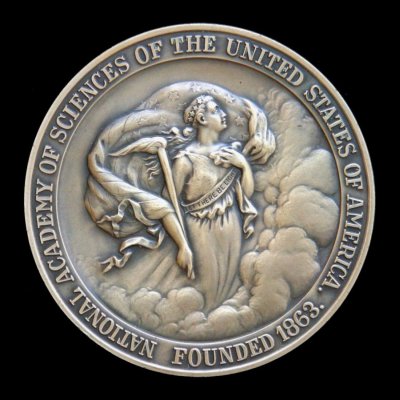My book title is the question,
What Is Evolution? Not only is this question the title, but it is also the first and foremost of all questions in the book. Sure, there are other questions made in the book of which are the titles for each chapter. In this post, I am going to dive into the first four chapter titles in order to give you an idea of what is covered.
Chapter 1. WHAT IS EVOLUTION?
There is a real need in the United States to outline a scientifically agreed upon definition of biological evolution. In chapter one, I talk about the reality of how our educational system has made the topic compulsory, yet has failed to communicate what it is.
Prominent organizations like the National Academy of Sciences have working definitions of evolution, and I highlight how and why they use their unique version. Professors of biology and leading evolutionary voices also have working definitions of evolution and their definitions are highlighted in this chapter as well. I attempt to find common themes across the evolutionary conversation by discussing each description/working definition and its consistencies with the others. This process fleshes out commonly agreed upon results and means of evolution which gives a better understanding of what a definition could look like if the scientific community came together to form one.
Chapter 2. WHAT ARE SPORES OF CONFUSION?
Evolution is confusing due to its lack of being scientifically defined. It becomes even more confusing when it is used interchangeably with of other terms. It is not uncommon for proponents of Darwinian thinking to speak of how evolution works and use terms like domestication, natural selection, adaptation, trait variation, and speciation to name a few. It is perfectly acceptable to use these terms for they are part of what makes up the idea of decent with modification from a common ancestor, yet this chapter asks if each of these terms could be accurately/scientifically used interchangeably with the word evolution.
Chapter 3. IS EVIDENCE EVIDENT?
Evolution has become part of our culture and is required in public schools due to the mountain of evidence that is in its support. This chapter asks questions in regard to how evident this mountain of evidence actually is. The following have been used to validate and better explain evolution, but what evidence is evident when it comes to the diversity of species, the fossil record, punctuated equilibrium, genetic island formation,
living fossils, homology, early-human fossils like the Neanderthal, genetic mutation, genetic variation, vestigial remnants, increased genetic complexity, DNA, and our closest relatives like the chimpanzee?
Chapter 4. WHAT EMPIRICAL DATA SUPPORTS EVOLUTION?
There is no reason to subscribe to any “scientific idea” unless it is actually science, aka something that is able to produce empirical data. This chapter will cover science, scientific prediction, observation, the processes of evolution, the mechanisms of evolution, the idea of falsifiability, and scientific inference. Questioning is the essence of how we humans have acquired the knowledge of which we consider to be the advancement of science. I question many aspects of biological evolution in my book What Is Evolution? I hope you will join me in being brave enough to question.






